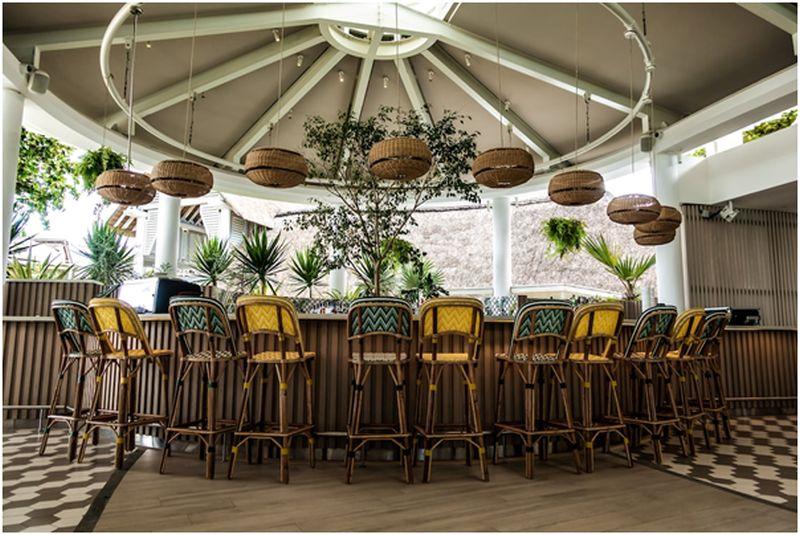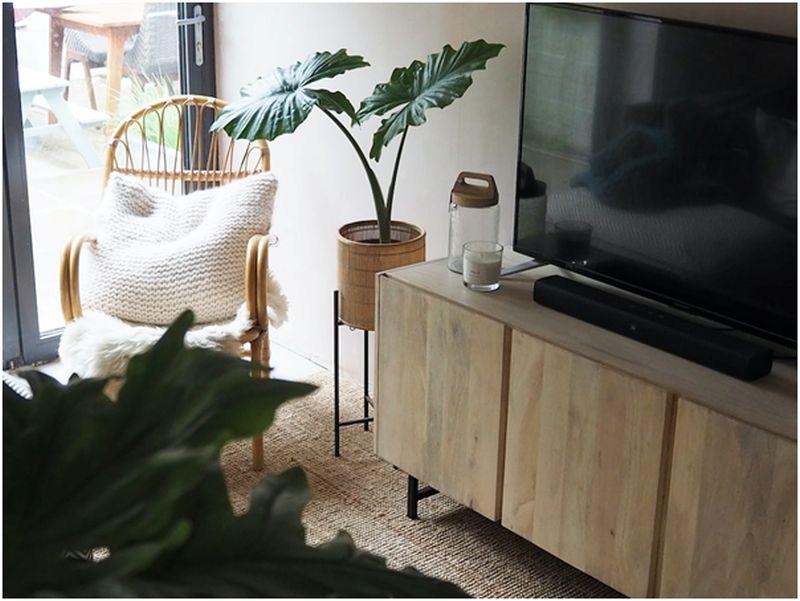In the realm of furniture design, rattan has emerged as an increasingly sought-after material due to its incredible versatility, sustainability, and natural charm. From traditional to modern aesthetics, the material effortlessly blends into every style, imparting a touch of nature-inspired beauty and comfort. One specific example that has gained considerable attention among homeowners and interior designers alike is rattan dining chairs, offering a unique blend of style and functionality that enhances any dining room set. This article explores the versatility and diversity of this furniture type, unearthing its rich potential beyond its traditional uses.
Rattan: The Eco-Friendly Choice
Derived from the thin, flexible stems of over 600 types of climbing palms found predominantly in Southeast Asia, rattan is a sustainable and eco-friendly furniture material. The rapid growth rate of rattan palms, coupled with their ability to regenerate in a short span, makes them an ideal choice for those conscious of their environmental footprint. Additionally, its cultivation supports local economies and promotes forest conservation, adding a social responsibility aspect to its appeal.
The Unique Versatility of Rattan Furniture
Rattan furniture is incredibly versatile. Its innate flexibility allows it to be molded into various shapes and sizes, resulting in an array of furniture pieces that range from classic to contemporary designs. Whether you’re looking for a bohemian touch with a rattan peacock chair or a minimalist accent with a sleek bench, this wondrous material can cater to all tastes.
Moreover, the material’s compatibility with different materials is noteworthy. It can be seamlessly paired with metals for an industrial edge, glass for a modern flair, or even textiles to introduce color and comfort. Its lightweight nature also means that rattan furniture can be moved around easily, making it suitable for spaces that require frequent reconfiguration.
Exploring the Diverse Range of Rattan Furniture

The diversity of rattan furniture is something to marvel at. From the living room to the patio, there’s a piece of furniture from this material suitable for every space. In the living room, a sofa or coffee table with this material can create a relaxed, laid-back ambiance. For the bedroom, these bed frames or nightstands add an earthy, natural touch. In the outdoor space, these lounge chairs or patio sets are perfect for creating a comfortable and inviting setup.
One of the standout attributes of rattan furniture is its inherent durability. Despite its lightweight and flexible nature, the material is remarkably robust and weather-resistant, making it ideal for both indoor and outdoor usage. Furthermore, the maintenance required for rattan furniture is minimal; regular dusting and occasional cleaning with a damp cloth can keep it looking fresh for years.
The Growing Popularity
The rising popularity of rattan furniture in the world of interior design can be attributed to the global push towards sustainability, coupled with the growing desire for nature-inspired aesthetics. Its ability to impart warmth, texture, and an organic feel to interiors, all while being environmentally responsible, is a combination that resonates with contemporary sensibilities.
Rattan furniture also holds a timeless appeal. While it is associated with certain eras, like the mid-century modern or bohemian chic, its resurgence in recent years proves its enduring charm. Today, these pieces can be found complementing various design styles, from Scandinavian minimalism to rustic farmhouse, proving their timeless and universal appeal.
Overall, rattan furniture, with its versatility and diversity, presents a sustainable, stylish, and practical solution to modern furniture needs. Whether it’s the elegance of rattan dining chairs or the comfort of a daybed, the material offers countless possibilities to enrich our living spaces, both functionally and aesthetically. As more people become aware of the impact of their choices on the environment, its appeal is only set to grow, promising a future where design and sustainability coexist harmoniously.
Article Submitted By Community Writer




